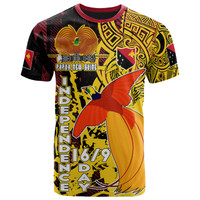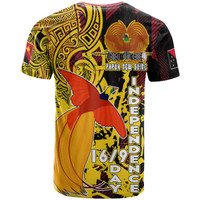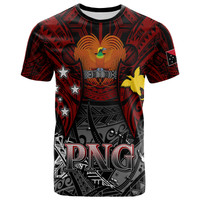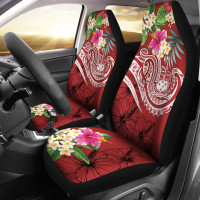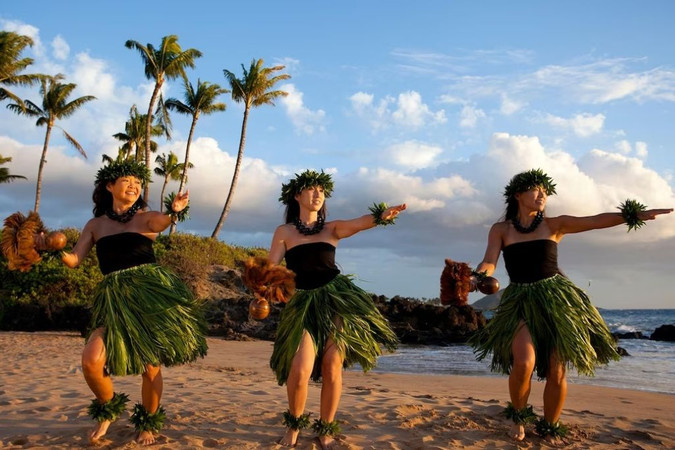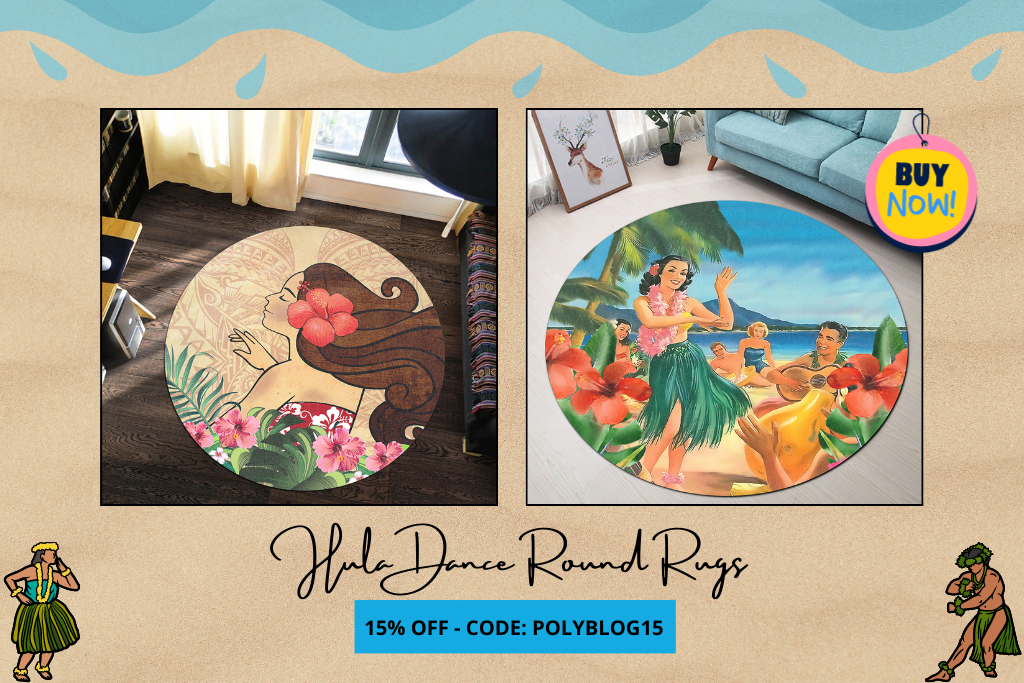Fantastic Facts About Hawaiian Hula Dance, The World-Famous Dance
Posted by Anna on 23rd Mar 2023
Learn more about the Hawaiian hula dance by reading on! We examine the origins of the hula dance in Hawaii and some interesting facts you can tell your kids.
The Hawaiian Hula Dance: What Is It?
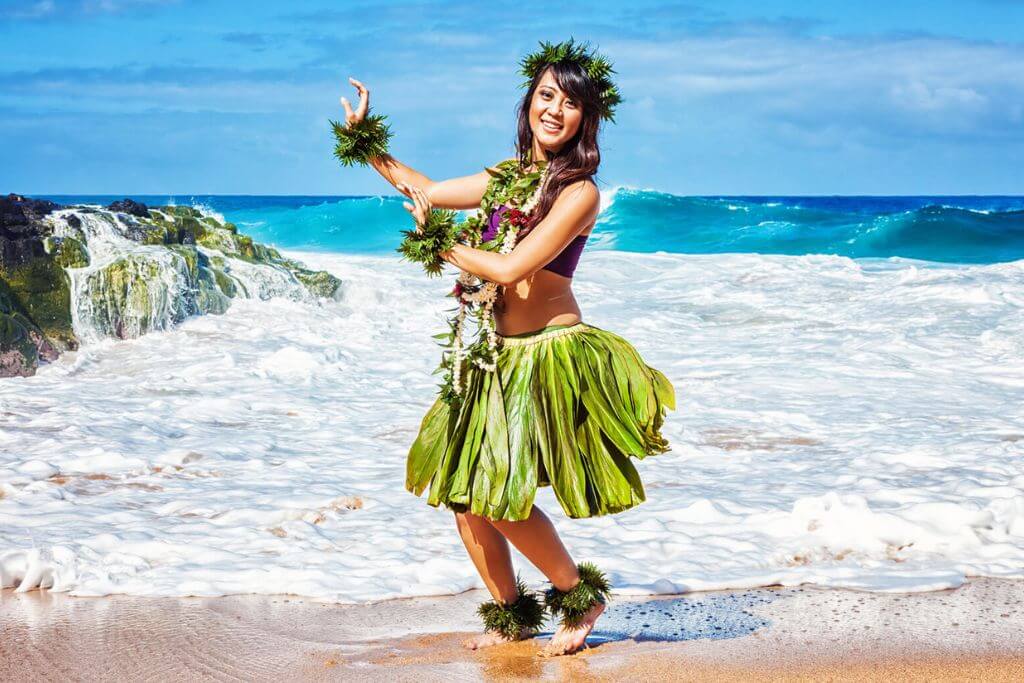
Hawaiian Hula Dance
A Hawaiian dance is a hula. Hula dances were once performed during important celebrations. It is now a source of entertainment. Hula performers move to a chant that resembles poetry sung to a beat. To produce the rhythm, the chanter beats their hand on a dried, empty gourd that resembles a squash or a pumpkin.
The dance is an artistic, rhythmic dance with slow hand movements, hip rotation, and footwork frequently connected with nature. The words of the oli (chant) or mele (song), sung during the performance, are acted out through movement in the hula. Due to this, each hula may differ somewhat from the next, expressing many moods and aesthetics, from the ocean's sweeping waves to despondency and despair. Hula is a dance that originated in the Hawaiian Islands and includes a wide variety of styles.
Hula dancing is typically divided into two categories: Hula Auana and Hula Kahiko. Many Americans are likely to be familiar with this kind of hula since "'Auna" implies to stray or roam. This hula is frequently accompanied by musical instruments like a ukulele or guitar. Before anyone from the United States or Europe met with the Hawaiian people, the style of hula known as "kahiko," which is Hawaiian for "old" or "ancient," was practiced for hundreds of years in Hawaii.
This dance can be done while standing or while seated. The dance has two different styles: a seated form called "noho" and a standing version called "luna."
If you are interested in Hula Dance Pillows, please visit our online store HERE. In particular, we have a 15% discount code exclusively for the readers reading this article! Please insert code: POLYBLOG15 for your cart. Happy shopping!
What is the Hula Dance's History?
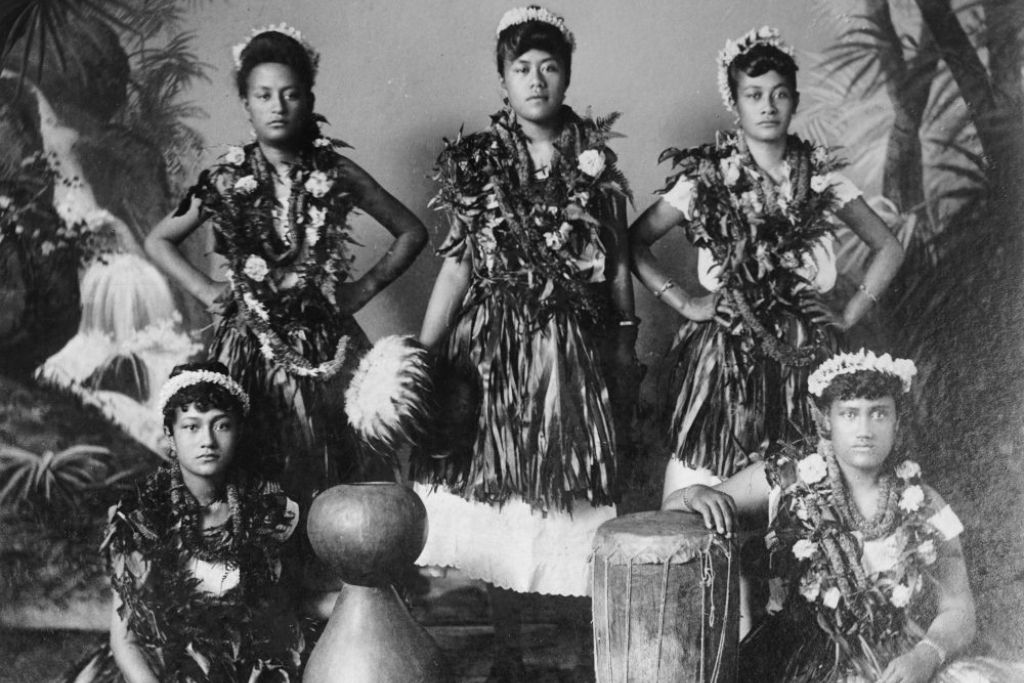
Hula History
Honoring chiefs or other leaders is how hula dancing first appeared in the Hawaiian Islands. In a religious setting, the dance was also done in homage to the gods and goddesses. Because of this, hula dancing was considered a sacred ceremony, and dancers took it seriously because any errors could bring bad luck.
The origins of hula are the subject of numerous stories and legends. One mythology recalls the tale of Pele, the goddess of fire, who fled from Namakaokahai, the goddess of the waters, in an effort to find a place to call home. The first hula dance was performed by Pele on an island where she was safe from the waters, symbolizing her successful escape. Some myths center on various deities, such as the goddess of hula Laka, who is thought to have invented the dance on the island of Molokai.
Whatever its true beginnings, it had already been a custom by the time the first Americans arrived in Hawaii in 1820. At first, Americans believed the dance was unseemly and ought to be outlawed. But by the middle of the 20th century, Hawaiian hula dancing had begun to draw tourists. Then, using elements of Western culture, the traditional dance was modified. While the modern hula still focuses on telling a story, it has evolved into a more commercial art form, with the mele now being performed in a pop music-inspired way with instruments and harmonies providing support.
Hula Dancers: What Do They Wear?
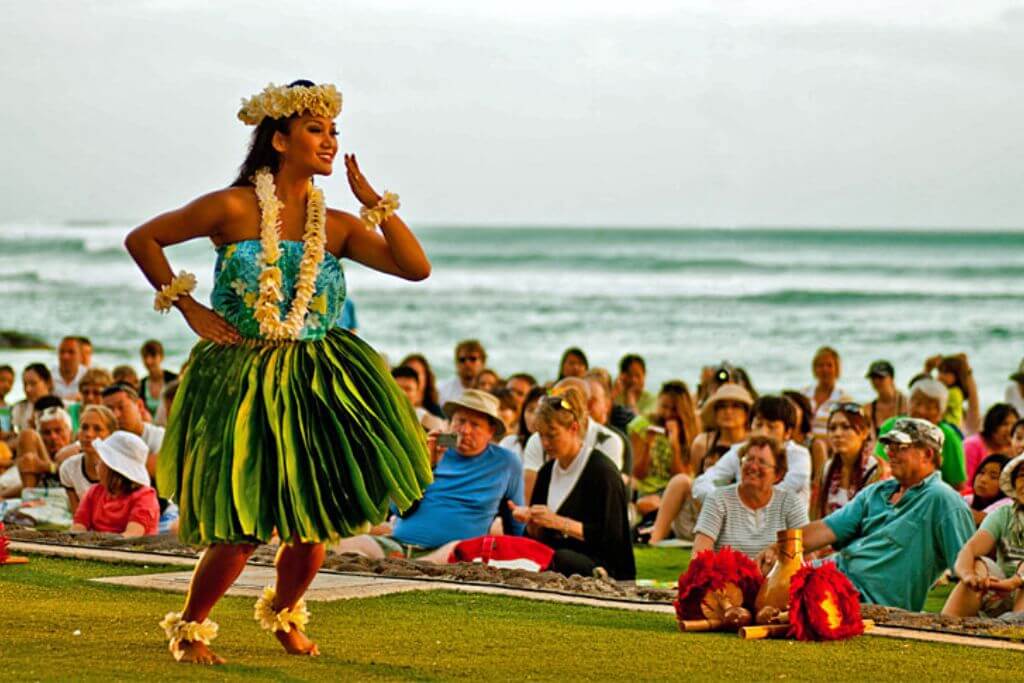
Hula Hula
Female hula dancers typically don colorful wrapped skirts, maybe with a skirt made of grass or palm leaves draped over the top. Moreover, coconuts and vibrant tops and shirts are OK. Many traditional necklaces and bracelets are also worn by dancers.
Often, male hula dancers dress in either shorts or a loincloth. Moreover, leis and leaf wreaths are frequently worn by dancers on their wrists, necks, and hair.
If you are interested in Hula Dance Round Rugs, please visit our online store HERE. In particular, we have a 15% discount code exclusively for the readers reading this article! Please insert code: POLYBLOG15 for your cart. Happy shopping!
Amazing Facts about Hawaiian Hula Dance

Hawaiian Dance
- Most likely, if you're a traveler to Hawaii, you'll see your first hula performance at one of the many fantastic luaus that can be found all around the island.
- The majority of Hawaiian hula dancers are female. Ladies hula dancers typically don vibrant tops and skirts embellished with leis.
- But historically, men were equally likely to dance the hula. You can still see Hawaiian males performing the hula, and they are all equally skilled and committed.
- Not only are hulas dances. In Hawaii, the hula originated as a religious ceremonial, and it is still frequently performed at blessings and celebrations today.
- You might also witness the hula being done at a church service, as we did on an Easter Sunday at Hope Chapel in Kihei, in addition to blessings or celebrations.
- You don't even need to go to a massive, lavishly staged Hawaiian luau or event to watch the hula in action. There's a significant chance a hula dancer will appear if you're watching live Hawaiian music being performed!
- In Hawaii, there are numerous free hula performances. Most tourist destinations—particularly malls and shopping centers—offer free hula shows on a regular basis.
- In Hawaii, a lot of hotels provide hula dance workshops or have their own free hula dance shows.
- Several hula schools (known as Halaus) are now instructing a new generation of hula dancers in Hawaii as a result of a comeback.
- Even though you'll almost certainly see a Hawaiian hula dance at a luau you go to, not all dances are hulas. For instance, this is a classic Tahitian Otea dance, not a Hawaiian hula.
Check out our Hula Dance Bedding Sets at HERE. In particular, we have a 15% discount code exclusively for the readers reading this article! Please insert code: POLYBLOG15 for your cart. Happy shopping!



